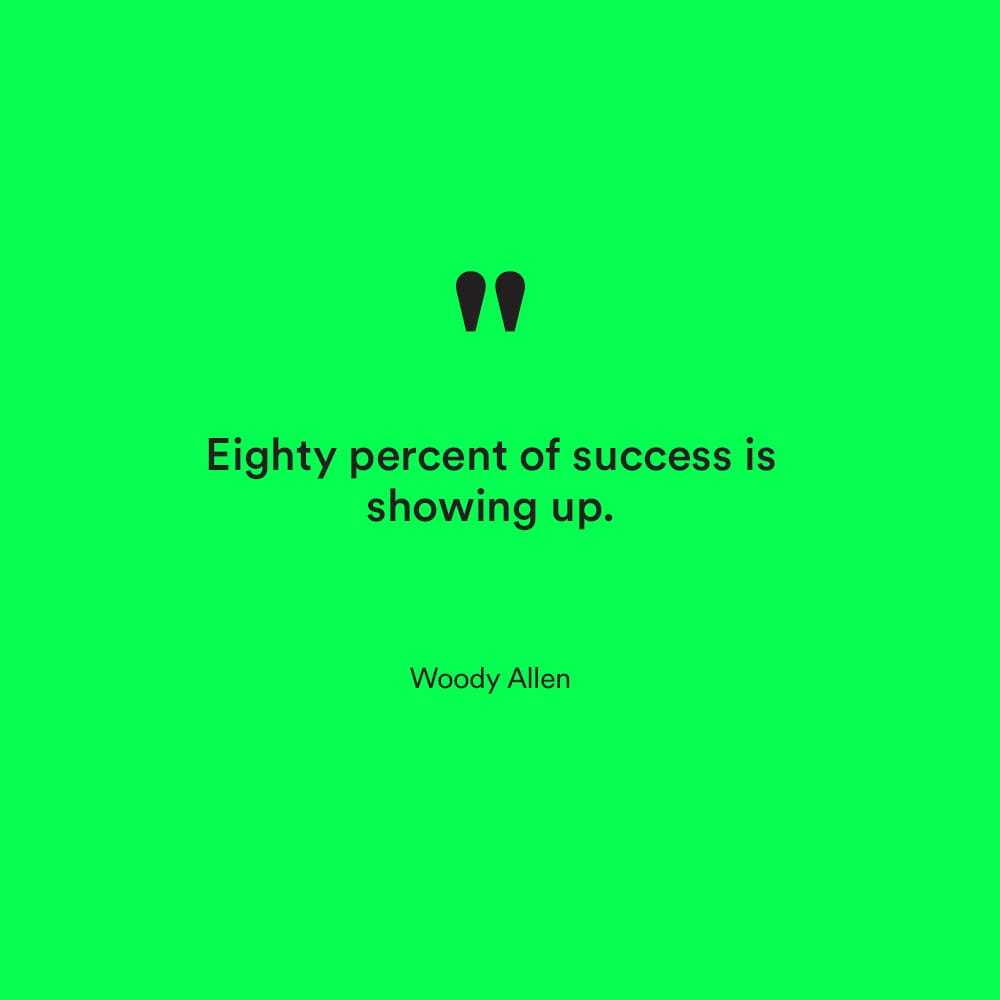Hello Friends,
In this edition, I’m excited to feature Khaldi Slimane, a visionary designer whose journey has taken him from the world of animation to the forefront of fashion and footwear innovation. Starting as a Character and Props Designer, he honed his ability to bring ideas to life before making waves in the fashion industry with his unique design philosophy.
Khaldi has worked with some of the most influential names in the industry—designing for Yeezy Season 7, leading collaborations at C2H4 / Chemist Creations with brands like Nike, Vans, and Asics, and serving as Head Footwear Designer for Jean Paul Gaultier. His ability to merge storytelling with functionality has also played a pivotal role in shaping projects for LOEWE, Raf Simons, A-Cold-Wall, and Stone Island*.
From curating his own Asics Collection to redefining high-fashion footwear, Khaldi continues to push the boundaries of design with a keen eye for craftsmanship and innovation. I had the pleasure of speaking with him about his creative process, inspirations, and the lessons he’s learned along the way.
Let’s dive into the Q&A!
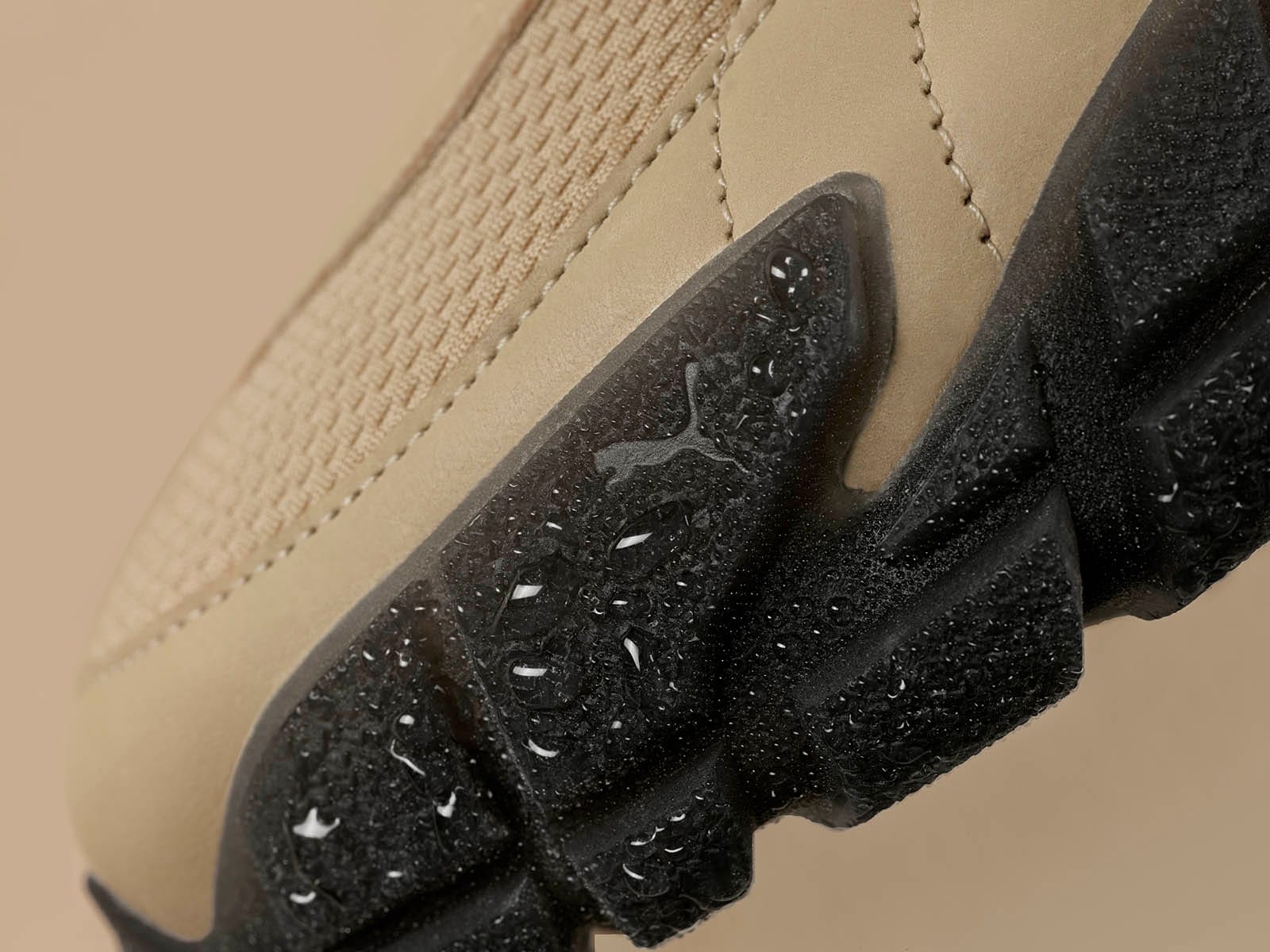
✱ How do you approach brainstorming and your overall creative process?
Transitioning from character design for animation giants to pioneering fashion innovation has shaped a creative process that thrives on both structure and spontaneity.
I begin with an open-ended exploration, casting a wide net of ideas drawn from art, technology, and cultural influences. At this stage, nothing is off-limits—it's about capturing raw energy and fresh perspectives.
Then comes the distillation process, where I refine and filter ideas, identifying what truly resonates and has the potential to break new ground.
A key part of my approach is adaptation—melding cutting-edge techniques with the enduring principles of craftsmanship. This intersection of past and future is where the most exciting ideas emerge. But creativity isn't just about wild exploration; it's also about finding practical ways to bring those ideas to life. The real magic happens in navigating constraints—where imagination meets execution, and the balance between artistic vision and real-world functionality is struck.
✱ Where do you gather inspiration for your designs and how do you keep up with current trends?
My inspiration is a constant dialogue between heritage and innovation, where the past informs the future, and tradition collides with technology. I have a deep admiration for Japanese craftsmanship—the precision, the respect for materials, the philosophy of imperfection. At the same time, I’m drawn to the sleek, futuristic aesthetics of concept cars and industrial design, where function dictates form in the most striking ways.
Nature is another timeless muse. Its organic structures, efficient geometries, and seamless adaptability hold lessons that apply across all design disciplines. Observing how patterns repeat in nature, how materials evolve over time, or how a single element can serve multiple functions influences how I think about design solutions.
As for keeping up with trends, I don’t believe in chasing them—I believe in understanding them. Trends are signals of cultural shifts, and I approach them with curiosity rather than blind adherence.
By continuously exploring different industries, movements, and emerging technologies, I integrate new ideas in a way that feels authentic rather than reactive.
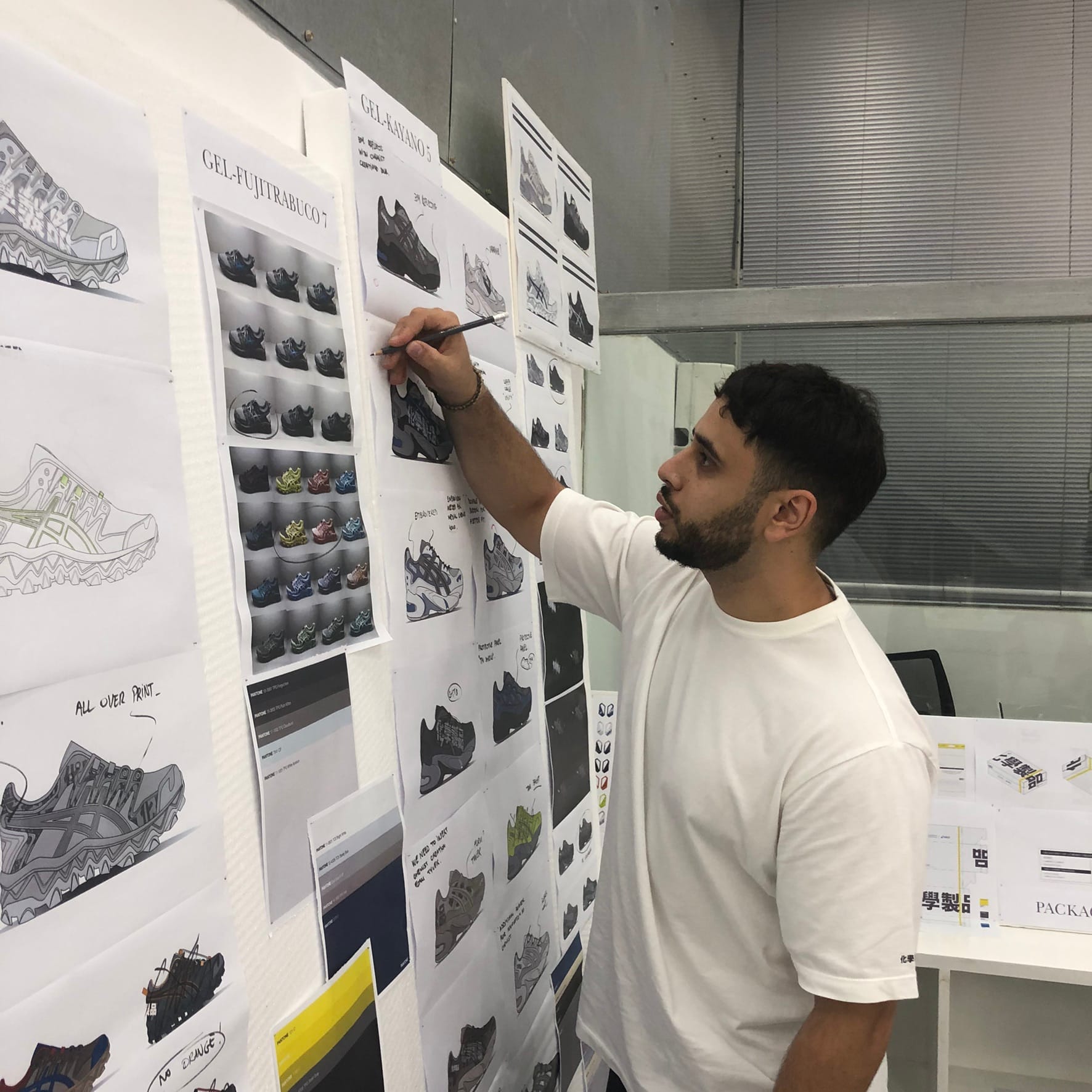
✱ How has a failure or unexpected outcome in your past work reshaped your design philosophy or approach?
Failure is often seen as a setback, but I’ve come to recognize it as an essential step in the creative process. Every misstep, whether it was a design that didn’t resonate or an idea that couldn’t be executed as envisioned, has pushed me to rethink, refine, and evolve.
One of the most powerful lessons I’ve learned is the value of resilience and adaptability.
Design isn’t a straight path—it’s a series of iterations, pivots, and unexpected discoveries.
I’ve had moments where a concept I was passionate about didn’t work out, only to realize later that the idea wasn’t wrong—it just needed a different approach.
This has shaped my philosophy in two key ways: First, I now embrace experimentation with a mindset that’s open to redirection. Second, I’ve learned to detach from rigid expectations and allow space for the design to evolve organically. Some of my best work has come from unexpected turns, proving that setbacks are often disguised breakthroughs.
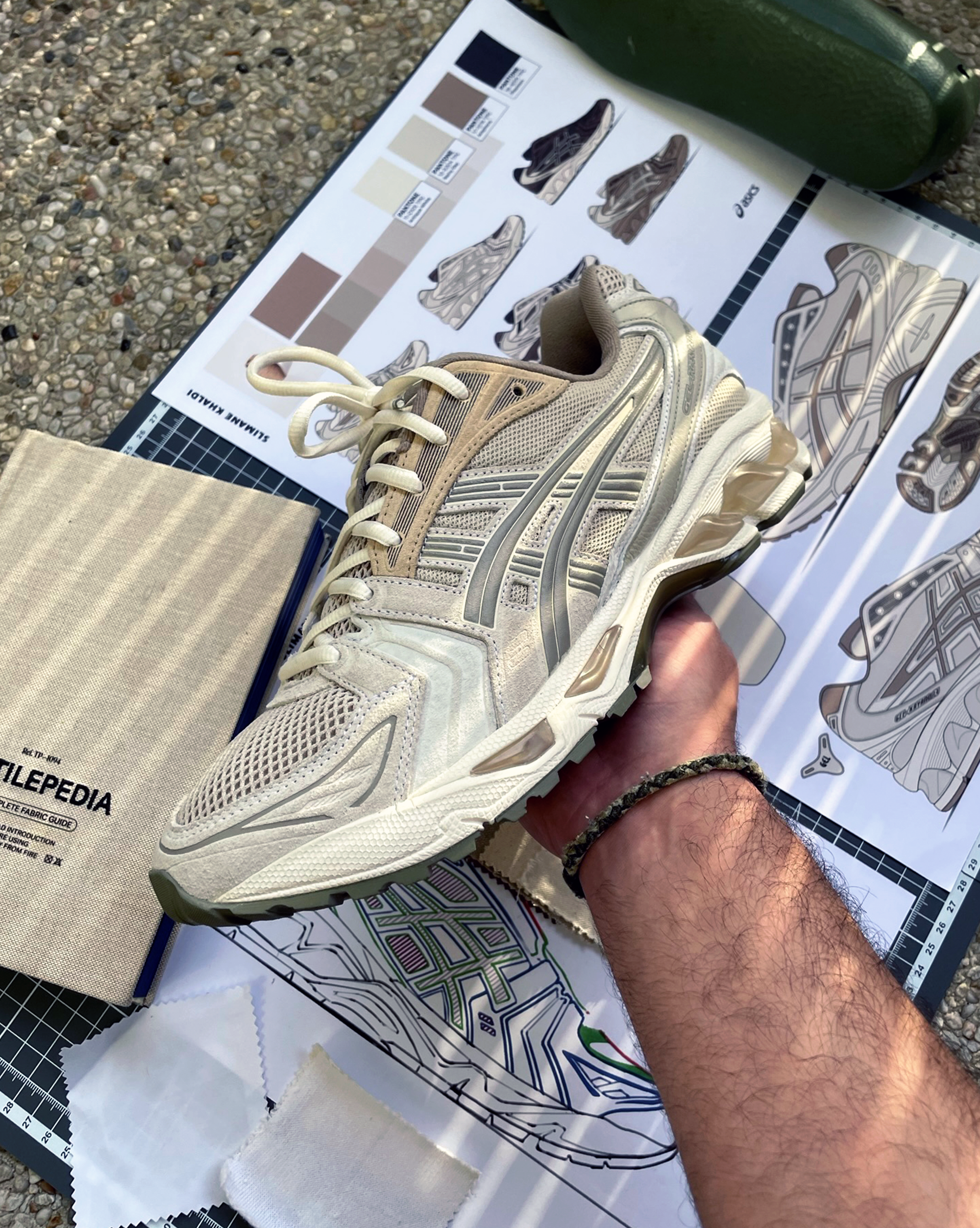
✱ How do you balance innovation with constraints like timelines and budgets?
Innovation isn’t just about grand ideas—it’s also about efficiency, problem-solving, and making the most of what’s available. I’ve learned that constraints don’t hinder creativity; they refine it. Some of the most innovative solutions come from working within limits, because they force you to be resourceful, strategic, and intentional.
The key is smart planning and a deep understanding of the tools at your disposal. Technology has been a game-changer in this regard—whether it’s rapid prototyping, digital simulations, or AI-driven design processes, leveraging the right tools can accelerate workflow without compromising quality.
Beyond tools, it’s also about mindset. Instead of seeing budgets and deadlines as obstacles, I view them as design challenges—an opportunity to rethink traditional methods and discover new efficiencies.
True innovation isn’t just about pushing boundaries; it’s about doing so in a way that is scalable, sustainable, and impactful.
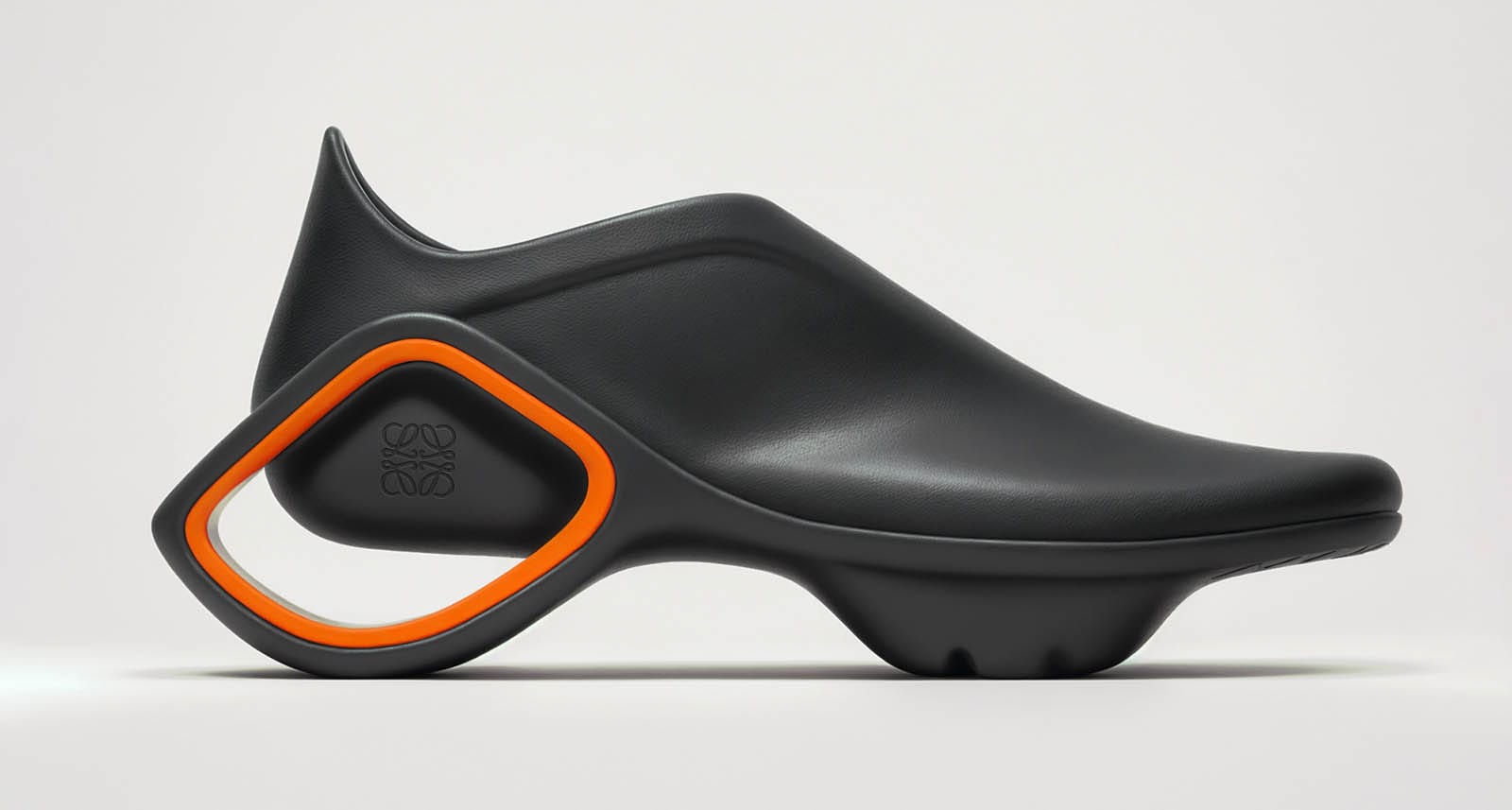
✱ What advice would you give to aspiring designers aiming to achieve your level of success?
Success in design isn’t just about talent—it’s about persistence, adaptability, and the willingness to continuously learn and evolve. If there’s one thing I’ve learned, it’s that the journey matters just as much as the destination. You have to love the process—because real growth happens in the moments of trial and iteration, not just in the final masterpiece.
Stay relentlessly curious. Explore disciplines outside your own, because the best ideas often come from unexpected intersections. Push yourself to think beyond what’s conventional, but also develop the discipline to execute those ideas effectively.
And perhaps most importantly—embrace failure as part of the creative process. Every challenge, every rejection, every design that didn’t work out the way you envisioned is teaching you something valuable. The designers who stand out aren’t the ones who never failed, but the ones who kept going, refining, and innovating despite setbacks.
Finally, remember that success isn’t a fixed point—it’s an ongoing pursuit. Keep pushing, keep experimenting, and never stop evolving.
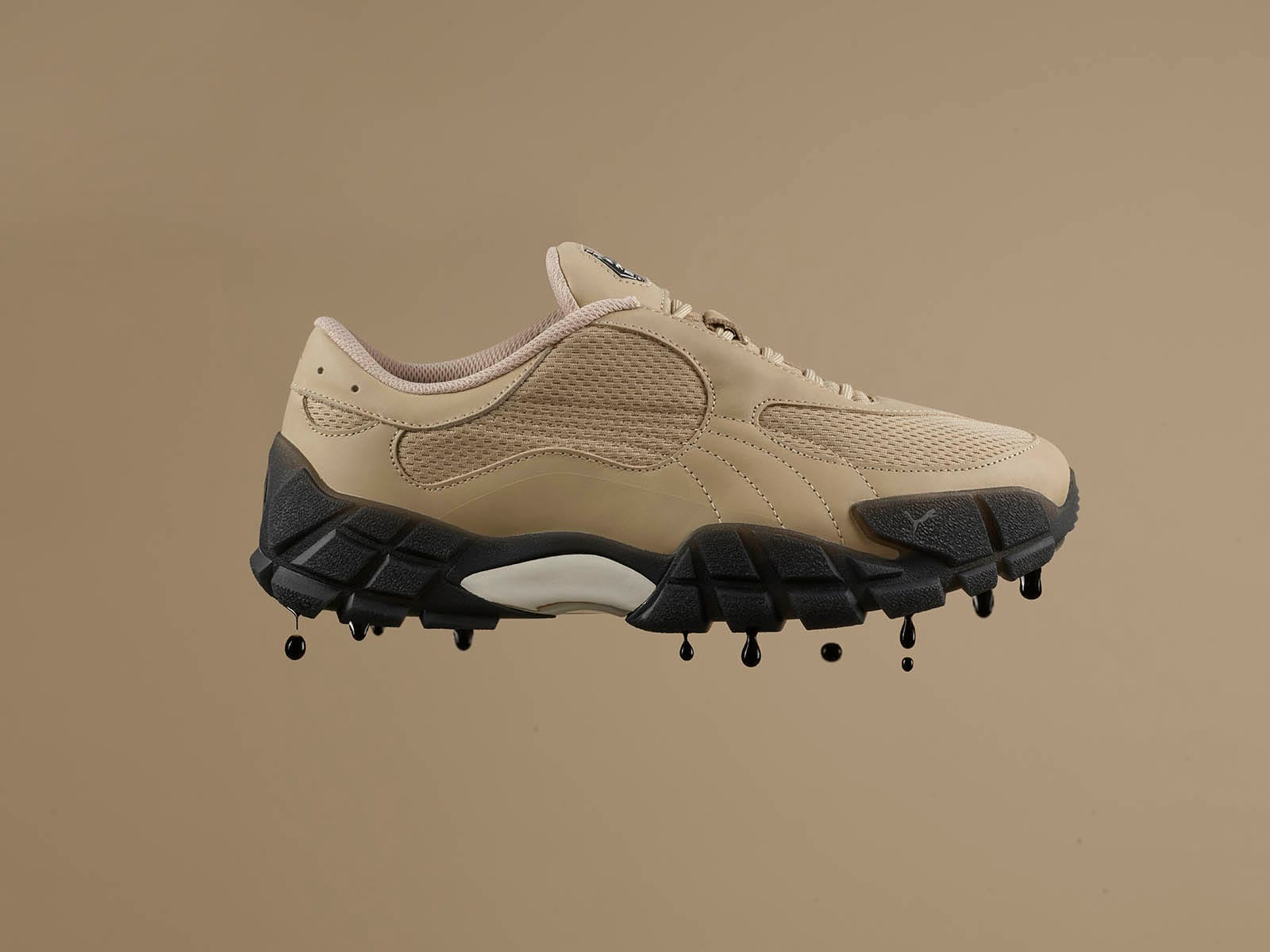
As we wrap up this edition, I hope you’ve enjoyed having this insightful peek into Khaldi Slimane’s creative journey and his approach to pushing the limits of design. His work is a testament to the power of cross-disciplinary creativity, blending the worlds of animation, fashion, and footwear into something truly unique.
If you’re inspired by Khaldi's journey, be sure to follow him on Instagram and LinkedIn to stay updated on his latest projects and collaborations.
Thank you for joining me in this edition of the newsletter. Stay tuned for more insightful conversations, upcoming features, and exciting creative updates in the next issue. Until then—keep creating, keep pushing boundaries, and never stop innovating.
Dream Big!
Hussain Almossawi

Book Spotlight: A Fresh Take on Innovation
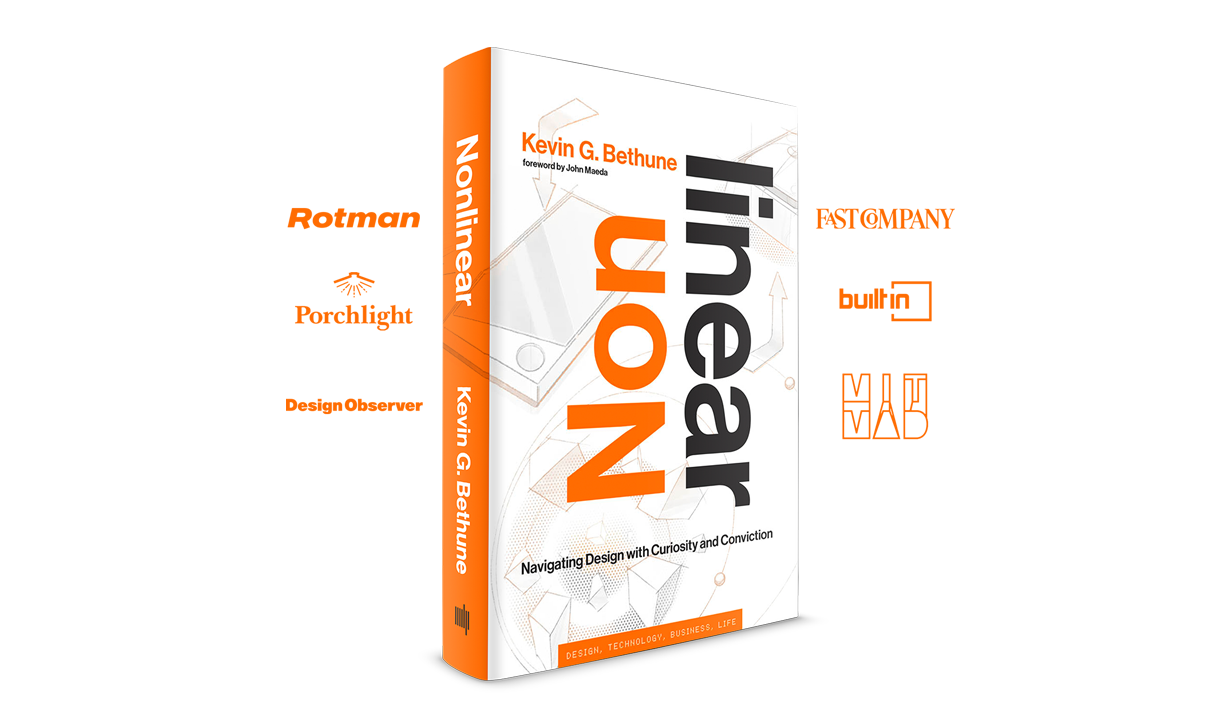
If you're looking for a book that challenges the way we think about creativity and problem-solving, Kevin Bethune’s Nonlinear is worth checking out. Kevin breaks away from traditional, step-by-step approaches to innovation and shows how embracing ambiguity, adaptability, and diverse perspectives can lead to groundbreaking ideas.
Drawing from his own unconventional career journey—spanning engineering, business, and design—Kevin shares how navigating uncertainty can unlock new opportunities. He explores the balance between data-driven strategy and human insight, while also highlighting the power of diversity in shaping meaningful innovation.
Whether you're a designer, entrepreneur, or creative thinker, Nonlinear offers a fresh perspective on how to break boundaries and rethink the way we create. Available now at MIT Press and major bookstores.

